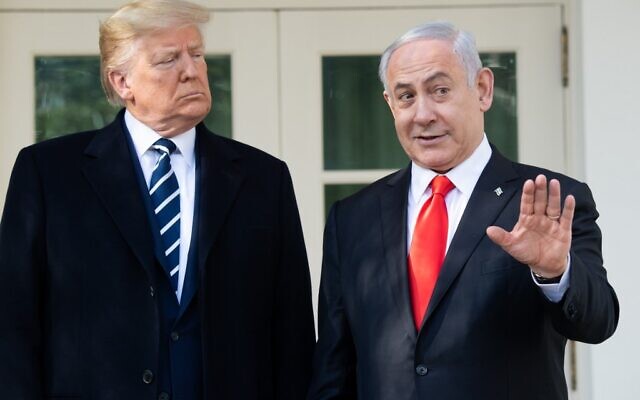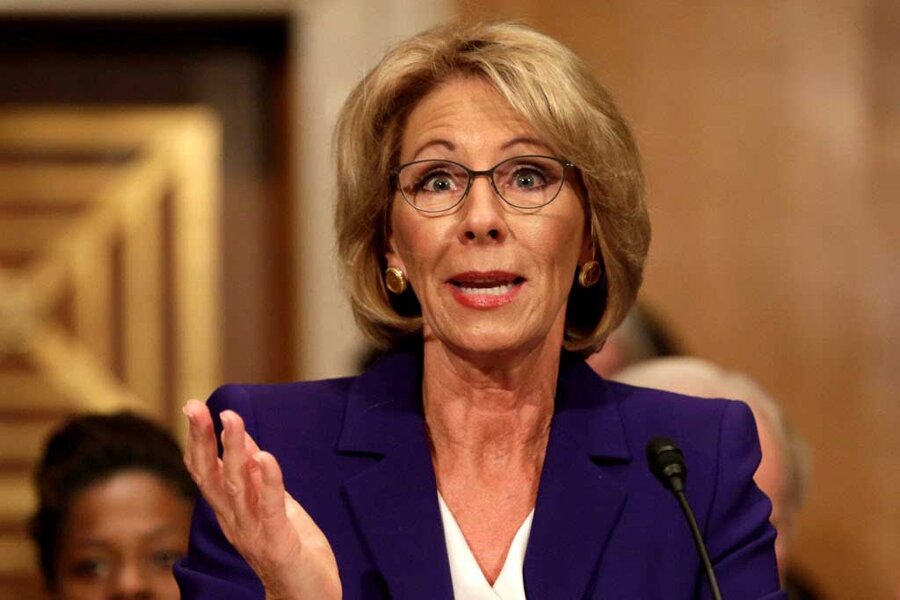
Dear Commons Community,
Clayton Christensen, the author of the best-selling The Innovator’s Dilemma, died of leukemia on Thursday at the age of 67. For those of us who write and teach about technology and its effects on organizations, Christensen’s work was required reading. The Economist called Professor Christensen’s The Innovator’s Dilemma one of the six most important business books ever written.
I have never met him but we exchanged emails backed in 2007 when he was writing, Disrupting Class, How Disruptive Innovation Will Change the Way the World Learns. To build his projection for the future of online learning in K-12 education, he and his co-authors used data that Jeff Seaman and I had collected and reported on. Christensen’s contributions to technology, innovation, and organizational development will not be matched by anyone anytime soon.
His obituary as published in the New York Times is below.
May he rest in peace.
Tony
————————————————————————————-
Clayton Christensen, Guru of ‘Disruptive Innovation,’ Dies at 67
He broke ground with his assertion that the factors that helped the best companies succeed were also the reasons some of those same companies failed.
By Glenn Rifkin
January 25, 2020
Clayton M. Christensen, a professor at Harvard Business School whose groundbreaking 1997 book, “The Innovator’s Dilemma,” outlined his theories about the impact of what he called “disruptive innovation” on leading companies and catapulted him to superstar status as a management guru, died on Thursday at a hospital in Boston. He was 67.
The cause was complications of leukemia, Nitin Nohria, the dean of the school, said in a statement.
“The Innovator’s Dilemma,” which The Economist called one of the six most important business books ever written, was published during the technology boom of the late 1990s. It trumpeted Professor Christensen’s assertion that the factors that helped the best companies succeed — listening responsively to customers, investing aggressively in technology products that satisfied customers’ next-generation needs — were the exact same reasons some of these companies failed.
These corporate giants were so focused on doing the very things that had been taught for generations at the nation’s top business schools, he wrote, that they were blindsided by small, fast-moving, innovative companies that were able to enter markets nimbly with disruptive products and services and grab large chunks of market share. By laying out a blueprint for how executives could identify and respond to these disruptive forces, Professor Christensen, himself an entrepreneur and former management consultant, struck a chord with high-tech corporate leaders.
Andy Grove, then the chief executive of Intel, said at an industry conference about a year after “The Innovator’s Dilemma” was published that it was the most important book he had read in 10 years. That praise helped make the book a best seller (it had sold more than a half-million copies by 2007), and Professor Christensen a marquee name in the business world.
A Rhodes scholar who studied econometrics at Oxford University and graduated from Harvard Business School, Professor Christensen joined the Harvard Business School’s faculty in 1992. A former basketball star (he stood 6-foot-8) as well as an affable academic, he focused as much on a life well lived as he did on his management theories.
A deeply religious man and a member of the Church of Jesus Christ of Latter-day Saints, he incorporated his musings on religion into his academic work, especially as he learned he had lymphoma in 2010. Soon after that, he had a stroke, which forced him to relearn the English language, but he remained an active faculty member, mentoring students and developing popular curriculum offerings.
“Through his research and teaching,” Professor Nohria wrote, “he fundamentally shaped the practice of business and influenced generations of students and scholars.”
Rebecca Henderson, a fellow Harvard Business School professor, called Professor Christensen “a shining example of the way in which it’s possible to be an academic but have a real impact on practice.”
“That’s something we all aspire to,” she added, “but it’s hard to do. Clay succeeded in spades.”
Clayton Magleby Christensen was born in Salt Lake City on April 6, 1952, the second of eight children. His father, Robert, managed the grocery department of a department store, and his mother, Verda Mae (Fuller) Christensen, wrote scripts for radio and television before starting a family. He graduated from Brigham Young University in 1975, and while there he took a two-year break for a Mormon mission to South Korea, where he became fluent in Korean.
In 1976 he married Christine Quinn, whom he had met as a freshman at Brigham Young. She survives him, as do their children, Matthew, Michael, Spencer, Ann and Catherine Christensen; and nine grandchildren.
After graduating with an M.B.A. from Harvard in 1979, Professor Christensen joined Boston Consulting Group. He and a group of M.I.T. professors later founded Ceramics Process Systems Corporation, which he ran as chief executive for much of the 1980s.
He made the career switch into academia in 1992 when he joined the Harvard Business School faculty, and for many years he taught a course called “Building and Sustaining a Successful Enterprise.” He focused his theories on a wide range of industries, from education to health care.
“One of the things that gave my dad’s research such power was its credibility and practicality — having been a leader and executive himself, he knew what would be meaningful and relevant in the real world,” his oldest son, Matthew, said in a statement. “He knew that because of culture and inertia, sometimes the right thing to do was counterintuitive, perhaps even hard.”
When he first learned he had cancer, he decided to write about how he reconsidered his impact on the business world. In 2012 he published “How Will You Measure Your Life?,” a book, written with two co-authors, that was based on an article of the same name that had appeared in Harvard Business Review. In it, he recast his management theories as a formula for measuring how best to live one’s life.
On the last day of his management class every semester, he wrote, he asked his students to “turn those theoretical lenses on themselves” and answer three questions: “First, how can I be sure that I’ll be happy in my career? Second, how can I be sure that my relationships with my spouse and my family become an enduring source of happiness? Third, how can I be sure I’ll stay out of jail?”
He noted that several former classmates, including Jeffrey Skilling, the former chief executive of Enron, had spent time in prison. “These were good guys — but something in their lives sent them off in the wrong direction,” he wrote.
Ultimately, the realization that his ideas had generated enormous revenue for companies that used his research left him dissatisfied. “I know I’ve had substantial impact,” he wrote. “But as I’ve confronted this disease, it’s been interesting to see how unimportant that impact is on me now. I’ve concluded that the metric by which God will assess my life isn’t dollars but the individual people whose lives I’ve touched.
“Don’t worry about the level of individual prominence you have achieved,” he continued; “worry about the individuals you have helped become better people.”








